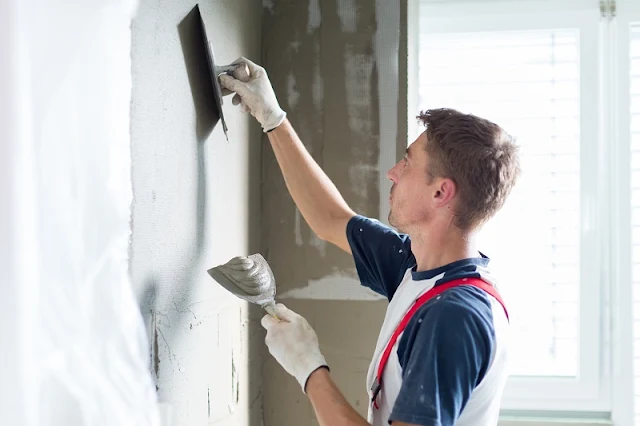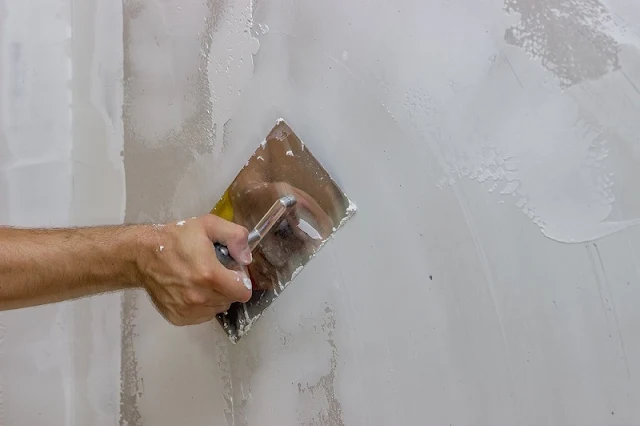Rendering is a process quite similar to that of plastering in its
technique. However, the main difference lies in that plastering is mostly
applied on interior walls and ceilings while rendering is preferred for any
building or house's exterior walls. Moreover, there is a difference in the
combination and type of materials used for the mix.
The main constituents of rendering and plastering are mainly cement, sand, water, and lime. However, in rendering coarser sand is used whereas plastering finer sand is preferred to achieve a smooth finish. Also, in rendering a higher proportion of sand is used as compared to plastering mix. For perfect rendering, you would need the best rendering tools.
No matter whether you are planning to carry out the process of plastering or rendering, you can’t perform it without the help of specialized tools and equipment known as rendering tools or plastering tools. In case you want to learn about these tools then go through this article, you will surely get a basic idea about different rendering tools.
Here Are Some Popular Rendering Tools
- Stainless Steel Trowel
A trowel is a hand tool used to spread and smooth out the surfaces' render. It serves a dual purpose, as it can be used to scoop out and even spread the render mix on the desired surface. This is the most important rendering tool without which a renderer won’t be able to work on-site. These trowels are made of stainless steel to provide durability, and they are perfect for applying all types of materials such as basecoats, adhesives, or render mix. Renders use them to apply the material with the required thickness and give a smooth finish.
- Render Scraper
It is used to brush off any excess mix through renders, achieving flat and uniformed scraped surfaces. It is mostly used on newly applied render so that the surface is leveled out and any air bubbles are removed.
- Plastic Render Float
If you are going to apply a thin coat of render mix in the process of rendering, then this is one of the essential rendering tools that you must have with you. It is used to rub the surface after it's been applied with the render mix. This process of rubbing helps to reveal the individual particles within the render mix to achieve the textured finish.
- Sponge Float
This is again an essential rendering tool used to apply a thin coat of render as a basecoat layer with the help of a trowel; then you would need sponge float to get rid of any trowel lines. It is an important step because if any imperfections are left in the base coat, they will be visible on the surface.
- Scarifier
It is used to fasten and scrape the applied render. It is usually used on the same day when the render is applied before its final setting. It is one of those rendering tools that brush off the surface laitance and provides a better aesthetic finish.
- Bucket Trowel
This is another type of handy trowel used to scoop and mix the material inside the bucket and then get the mix out from the bucket. It also helps in distributing adhesive or render on the surface. It is designed with long straight sides that allow you to load the render on the trowel.
- Corner Trowel
As the name suggests, it is used to spread the render mix evenly, especially around the corners, and achieve fine edges. It is a multi-purpose tool that is used two times while doing rendering, the first time you apply render mix as a basecoat layer, and the second time when you apply a top coat of render mix.
So, this was basic information about the process of rendering and
essential rendering tools that every renderer must have in his toolkit.












0 Comments